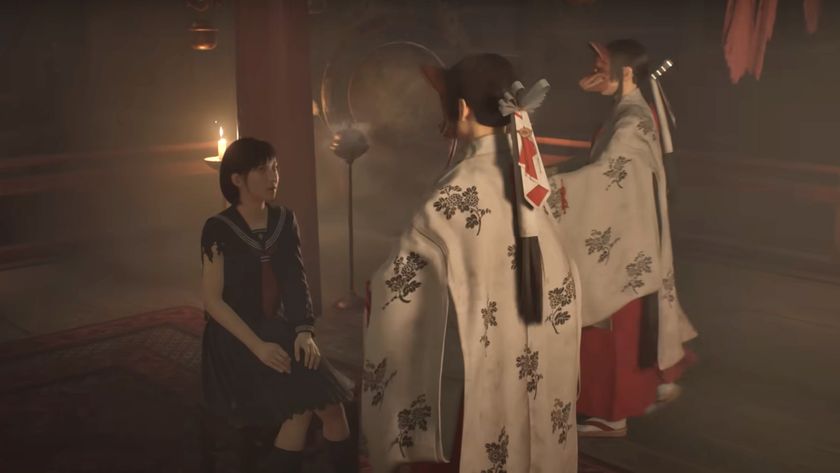Gaming's grittiest reboots
Sneering makes everything better
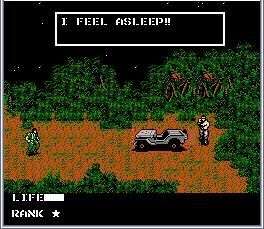
The series: Technological limitations and a young audience meant the first few iterations of the sneak-em-up series played like a thinkier cousin to Gun.Smoke or Commando. For all its dense backstory, the last 8-bit entry, Metal Gear 2: Solid Snake, is still chiptunes, primary colors and goofily-named antagonists.
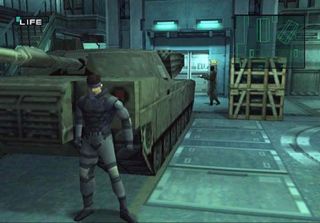
The reboot: Newcomers took to the series' Solid relaunch with gusto, welcoming its comparatively down-to-earth take on black-ops shenanigans. For longtime fans, the feeling was one of finally realizing what Hideo Kojima had been going for all along.
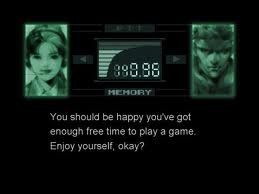
Above: That is to say, self-referential haranguing interspersed with occasional gameplay
Dark 'n' edgy additions: Few elements were actually added per se – it was more a matter of finally being able to present the core notions with some degree of realism. That said, it's important not to overlook MGS' contributions to the field of jarring, confrontational videogame nudity.
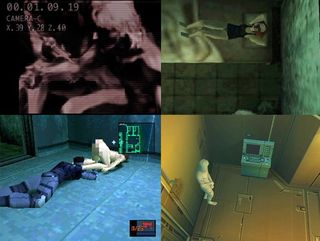
Above: Games = art. Debate settled
How'd that work? Browse the blurbs of titles released in the last decade for mentions of “realistic tactical-ops gameplay” or “stealth-based sneaking sequences.” Add to that most of the stubble-faced, gravel-voiced assaults on the notion of “anti-heroism” committed in recent years and MGS' influence becomes clear.
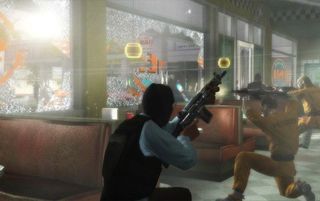
The series: “Wait a minute,” you say, “Kane & Lynch's entire raison d'etre is being overbearingly grim.” That's true (and what, you're too good to say it in American?), but compared to Dog Days, the original Dead Men was Fun With Dick & Jane.
Sign up to the 12DOVE Newsletter
Weekly digests, tales from the communities you love, and more

The reboot: With the first title somewhat overshadowed by controversy, Eidos' hard work promoting Kane & Lynch looked like going to waste. With a globally-recognized brand waiting to be leveraged (that's boardroom-talk for “they talked it up until we'd all heard of it”), it was a matter of reviving our interest. Solution: make it even darker!
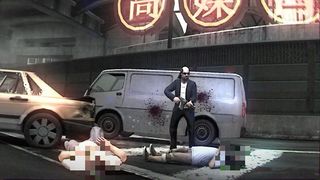
Dark 'n' edgy additions: Lynch, kitted out in a sweat-stained wife-beater, grunts profanely through multiple instances of rape, torture and murder (sometimes committed by him), shown through a grainy handicam lens presumably wielded by an invincible sociopath.

Above: Buddy-buddy moments provide welcome levity
How'd that work? The gratuitously nihilistic tone is arguably closer to what Dead Men was aiming for all along. But just as the central gimmick – the handheld perspective – is so impressive that you can't stop noticing it as an effect, so the game's relentless grimness becomes a hindrance, rather than a pathway, to immersion. That and it's like five hours long.
The series: “Your greatest challenge lies ahead and downwards,” taunts the oddly-specific blurb for the original Zork: The Great Underground Empire. A more fitting warning for newcomers to the long-running text-adventure series would be “Your greatest challenge won't even have pictures until the eighth installment.”
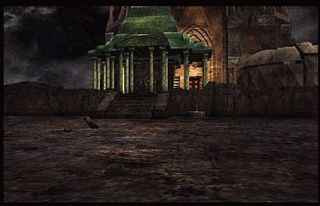
The reboot: Having failed to set the world alight with the newly-graphical Return to Zork, the series quickly hit the grim-rebirth button that was so close to hand throughout the 1990s. Nemesis! Forbidden Lands! This ain't your daddy's Zork, etc.
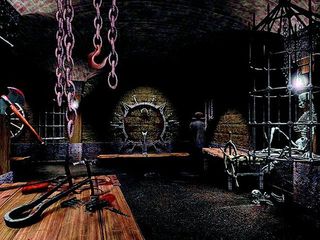
Dark 'n' edgy additions: Not content with adding “human sacrifice,” “premature burial” and “collecting dismembered corpse-parts” to the series' scope, Activision attempted to keep things stylish by including classically artistic depictions of the human form within the game. Ratings officials responded by slapping a “partial nudity” warning on the box.
How'd it work? Well, you're not playing Zork nowadays, are you? The series that enjoyed an early heyday never made a successful transition to modern, multimedia gaming, but you can hardly fault them for making a grim 'n' ghoulish bid for continued relevance. It was 1996: that was just what you did.

Assassin's Creed Shadows was originally envisioned without Yasuke, but Ubisoft wanted the full feudal fantasy: "We were sort of making a stealth tank, and it didn't quite work"
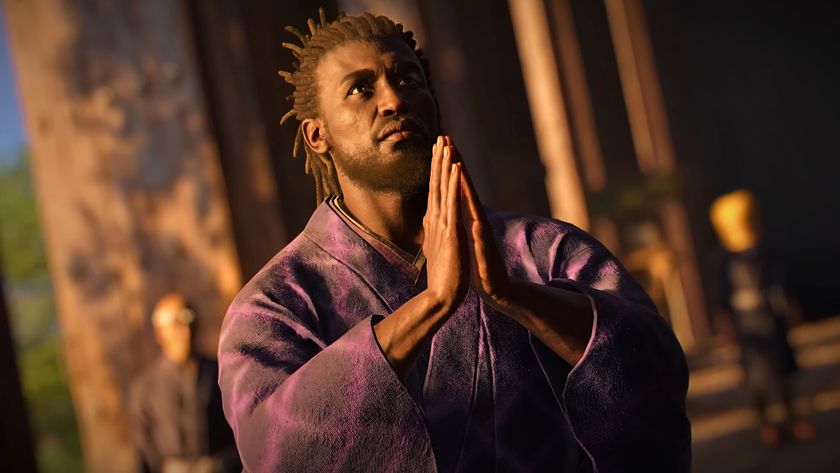
Assassin's Creed Shadows lead says dual protagonists are "a cool thing" the new action RPG "does better than what we've done in the past"
